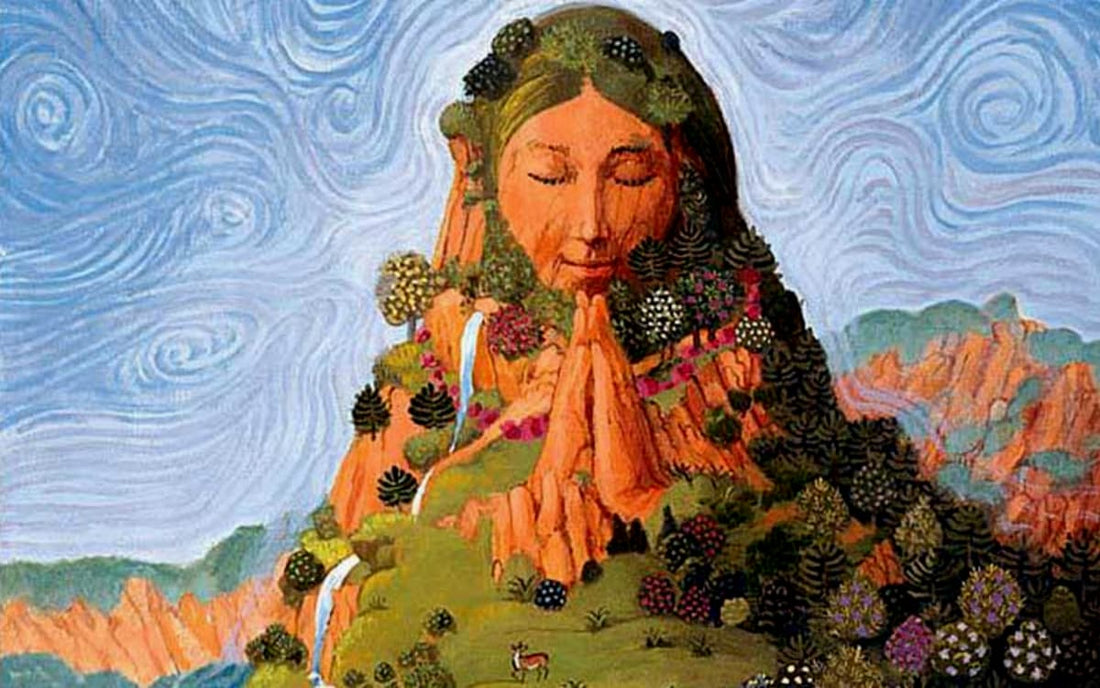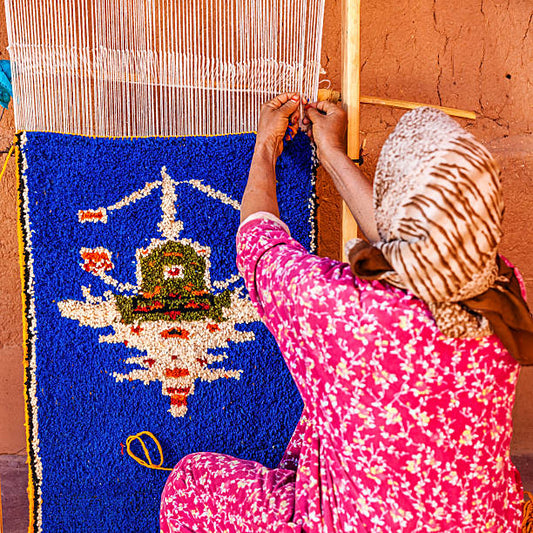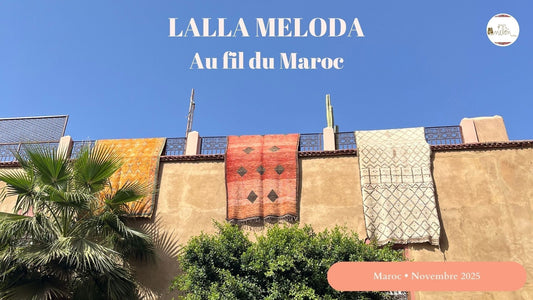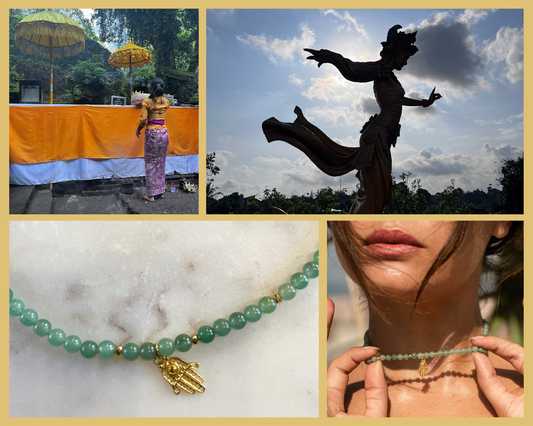Pachamama is an ancient Inca deity whose name means Earth or Mother. In Inca and Mayan culture, Pachamama is a key goddess and a concept of life where nature, space, and time are one. We were particularly confronted with this vision during our trip to Argentina in the 2010s. Alongside Quechua and Aymara women, we learned about the importance of Pachamama and discovered their well-kept textile secrets. How has this Andean “cosmovision” survived the passage of time? What Pachamama traditions still exist? And how does Pachamama fit into today's fashion? We investigated.
What is Pachamama?

For the pre-Inca culture of Bolivia, the figure of Pachamama is the patron saint of all that exists on Earth ; the origin of living beings, minerals, but also textiles and technology. This figure can be kind, generous, and develop the fertility of the Earth, as well as vindictive if she does not receive her due.
The Quechua and Aymara peoples, in particular, regularly made offerings to her, burying food, coca leaves, or beer in a hole dug in the ground. This allowed the people to thank the patroness Pachamama for her generosity, but also to gain her good graces for future harvests.
Even though Pachamama is first and foremost a deity, the deity “Mother Nature” is also a philosophy of life, and a concept of the Andean cosmovision. The Andean cosmovision corresponds to thousands of years of culture, beliefs, conquests and civilizations; it is an Andean crossbreeding extending from Colombia to Chile, through Ecuador, Peru, Bolivia and Argentina. In this cosmovision, all natural entities are linked together - including humans. Nature is not at the service of Man, Man is on the same level as nature. The Andean cosmovision therefore places nature at the heart of its actions, and pachamama can be seen as the fundamental rights of nature. It is “ the vision of a world in harmony where Man is in fact a component of the biosphere within which every living organism evolves .” ( Source ).
What are the Pachamama traditions?
In addition to rituals and offerings to the goddess Pachamama, Andean culture is marked by the weaving of textiles with very strong symbolism: aguayos . It is with these fabrics in particular that Madame Melon worked for her Argentina collection .

Aguayo is a colorful traditional Andean fabric woven by women in Peru and Bolivia. It is usually made from llama , sheep , or alpaca wool and is naturally dyed. Highly durable, traditional aguayos were used during travels by people to carry babies on their backs, carry belongings, or sit or sleep on.
The aguayos depict, through their colors or patterns, stories and symbols of the Andean peoples who wove them. Methods and techniques vary from region to region, as do the styles of aguayos. In addition to being a highly symbolic object , the aguayo is still used daily today by the Indians of the Altiplano.
How does Pachamama translate into today's fashion?
Fashion brands that claim to be inspired by Pachamama typically use Andean textiles and leather, as well as manufacturing techniques from the Quechua or Aymara peoples.
At Madame Melon, for example, we named our necklace Pachamama because it was inspired by our trip to Argentina and Guatemala, and we made it from traditional fabrics we found there. Its shape is also inspired by traditional Mayan jewelry . We then adapted this necklace model according to our travel destinations, each time using different traditional fabrics.

Argentina Pachamama Necklace and Humahuaca Bag
For example, we have the Pachamama Guatemala necklace , which is the first Pachamama model we created. Then came the Pachamama Argentina necklace , created from a hand-woven weave by a Quechua women's cooperative in northwest Argentina, and then assembled in our workshop in Barcelona. Our recent travels gave birth to the Pachamama necklaces from Vietnam and Morocco , also created with textiles woven by women's cooperatives in these two countries.
Finally, it's impossible not to highlight aguayo in one of our leather goods. We have chosen to include this vibrantly colored Andean textile in our Yavi pouches and Cachi bags , made from leather and a gilded brass chain in our Buenos Aires workshop.
Discover our entire Pachamama-inspired collection here .







